How do I save my gollum jade plant?
Feeb Bee
2 years ago
Featured Answer
Sort by:Oldest
Comments (7)
rina_Ontario,Canada 5a
2 years agolast modified: 2 years agoken_adrian Adrian MI cold Z5
2 years agoRelated Discussions
Repotting a Gollum Jade-My experience
Comments (3)Nice plant, shame about the roots, that old mix didn't do it any favours did it? However, it sems you have remedied that issue and it should recover and do great for you :) It's a good sized Gollum, much larger than any (of the very few) that I have ever seen here in the UK. Hope you don't get any more snow, seems like you have had quite a lot from the news reports we have been getting. Gill UK...See MoreIs my baby jade gollum having root rot?? Please help!!
Comments (7)I find jade roots to be generally fibrous and brownish too. Here's a good article, despite it's boring appearance: http://www.botgard.ucla.edu/html/botanytextbooks/generalbotany/typesofroots/...See MoreWhats happening to my Jade gollum?
Comments (4)Watering every 8 to 10 days, is it possible that the soil is going totally dry long before being watered? Too dry can kill roots also. Oops, just realized this post is from October, how is the plant now?...See Morehow do i save my dying bamboo plant?
Comments (2)How to Revive a Dying Lucky Bamboo Check Your Water Source and Stay Away from Chlorinated Water. Keep a Consistent Temperature. Maintain the cleanliness of the Bamboo bowl. Avoid over- and under-watering. Fertilize once or twice a year. Remove any dying or dead leaves and stems. Allow for Indirect Lighting. Insects must be removed from the plant....See MoreFeeb Bee
2 years agotapla (mid-Michigan, USDA z5b-6a)
2 years agolast modified: 2 years agoFeeb Bee
2 years agorina_Ontario,Canada 5a
2 years ago
Related Stories
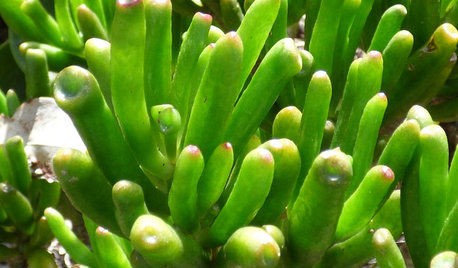
HOUSEPLANTSHow to Grow Jade Plants That Look Like Shrek’s Ears
These cute and quirky plants can be easy-care houseplants for adding green to your desk, bookshelf or tabletop
Full Story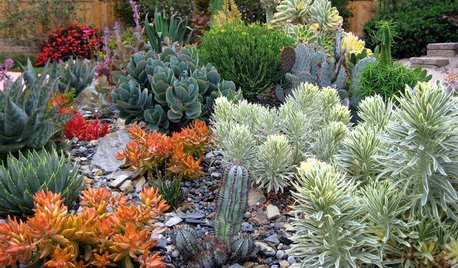
GARDENING GUIDESHow to Save Money on Succulents
Do you love succulents but not their price tags? Find out how to enjoy their beauty for less
Full Story
HOUSEPLANTS8 Essentials for Healthy Indoor Plants
Houseplants add so much to our homes — and can thrive when grown in the right conditions. Keep these tips in mind
Full Story
FALL GARDENINGWhy Fall Is the Best Time for Planting
Spring is overrated for planting. Starting plants in autumn has advantages for both garden and gardener
Full Story
GARDENING GUIDESYou May Never Have to Buy These Plants Again
Once you have one, you can grow many more of these 10 popular plants
Full Story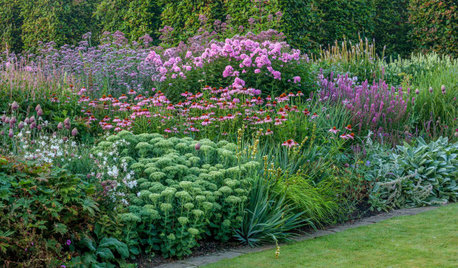
GARDENING GUIDESHow to Get More Plants Free
These techniques will let you grow your garden by creating new plants from those you already have
Full Story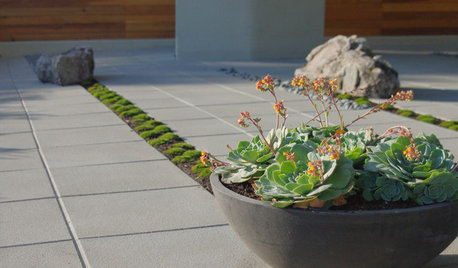
GARDENING GUIDESPlant These 12 Succulents for Instant Impact in Containers
These gorgeous, easy-care succulents are ideal plants for container gardens
Full Story
FEEL-GOOD HOME12 Very Useful Things I've Learned From Designers
These simple ideas can make life at home more efficient and enjoyable
Full Story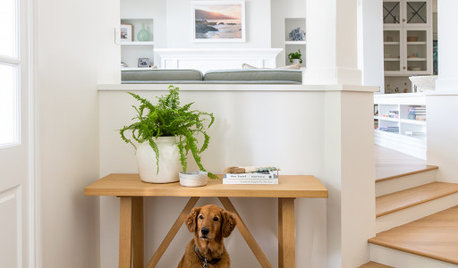
CONTAINER GARDENSConsider These 10 Pet-Safe Houseplants
Help keep cats and dogs healthy with the right selection of indoor plants
Full Story
GARDENING GUIDESCommon Myths That May Be Hurting Your Garden
Discover the truth about fertilizer, soil, staking and more to keep your plants healthy and happy
Full Story


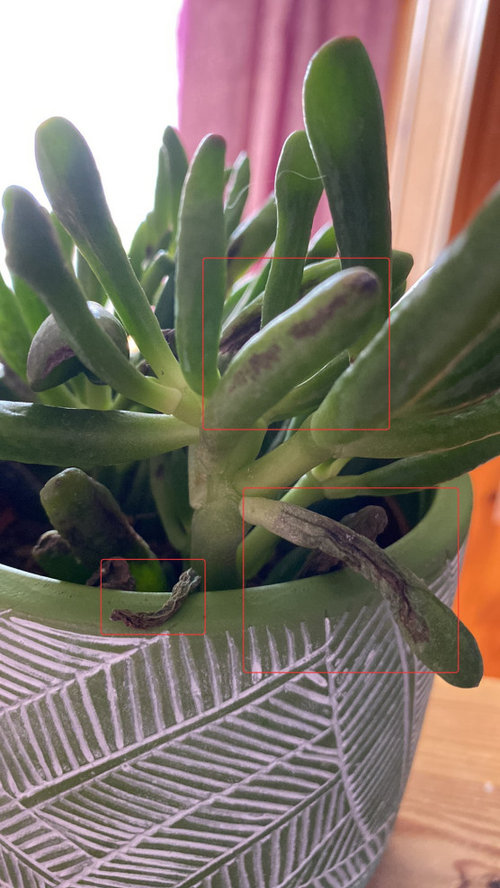
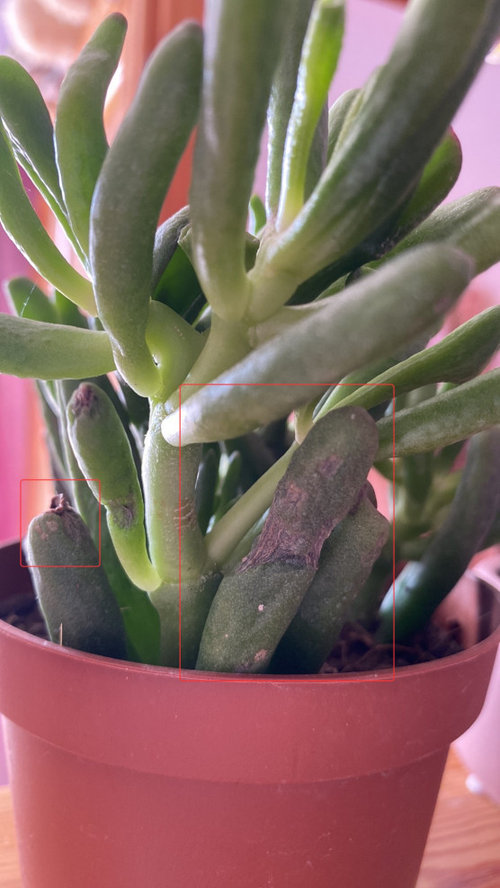

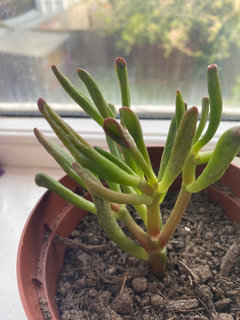
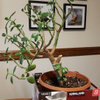
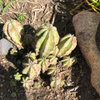
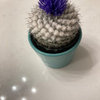
rina_Ontario,Canada 5a